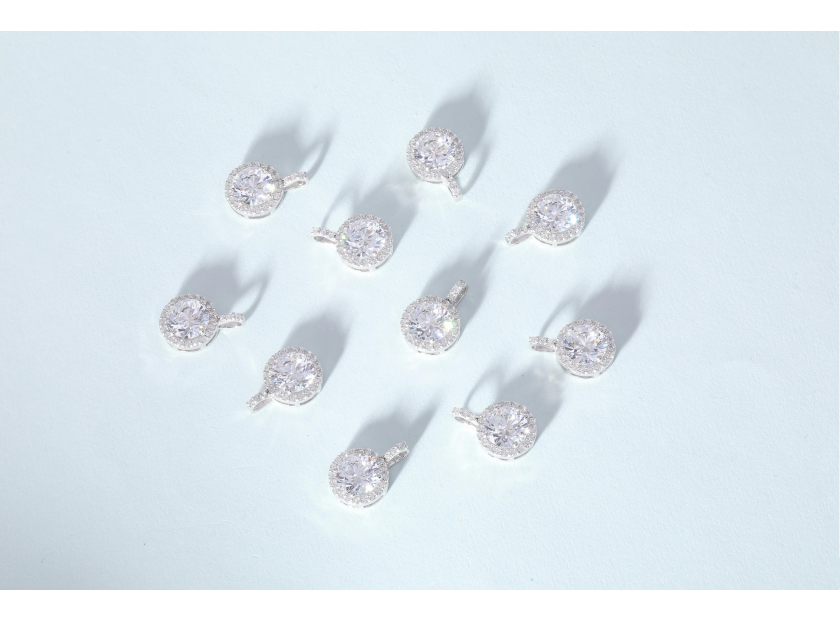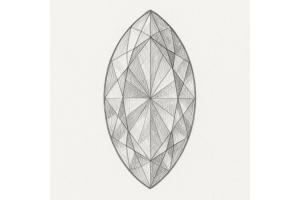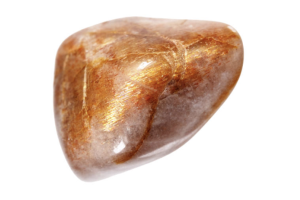USD
/
USD
/
Shipping to:
Currency:
How Lab-Grown Diamonds Are Made: Behind the Scenes of the Process
Lab-grown diamonds are transforming the jewelry industry, offering a sustainable, ethical, and equally stunning alternative to natural diamonds.
Despite their growing popularity, many people are curious about how these dazzling gems are created.
Let’s take a closer look behind the scenes at the fascinating process of making lab-grown diamonds.
What Are Lab-Grown Diamonds?
Lab-grown diamonds are real diamonds.
They have the same chemical composition, optical brilliance, and physical properties as natural diamonds.
Unlike cubic zirconia or moissanite, which are diamond alternatives, lab-grown diamonds are made of pure carbon arranged in a crystalline structure.
What sets them apart is their origin.
While natural diamonds form deep within the Earth over billions of years, lab-grown diamonds are created in a controlled environment that replicates these conditions.
If you’re considering lab-created gems, you can browse lab-grown diamonds to explore stunning options for your jewelry needs.
How Lab-Grown Diamonds Are Created
There are two main methods for making lab-grown diamonds: High Pressure, High Temperature (HPHT) and Chemical Vapor Deposition (CVD).
Both processes start with a small diamond seed, but the techniques differ in how the diamond grows.
The High Pressure, High Temperature (HPHT) Process
The HPHT method mimics the intense heat and pressure found beneath the Earth’s surface.
Here’s how it works:
- A small diamond seed is placed in a chamber with a carbon source, such as graphite.
- The chamber is heated to temperatures over 2,500 degrees Fahrenheit and subjected to pressure exceeding 1.5 million pounds per square inch.
- Under these extreme conditions, the carbon melts and begins to crystallize around the diamond seed.
This process can take several weeks, resulting in a rough diamond that’s ready for cutting and polishing.
HPHT diamonds are often known for their exceptional clarity and are widely used in both jewelry and industrial applications.
If you’re interested in unique shapes and cuts, consider exploring princess-cut lab-grown diamonds or emerald-cut lab-grown diamonds to find the perfect gem for your taste.
The Chemical Vapor Deposition (CVD) Process
CVD is a more modern and energy-efficient method.
It involves growing diamonds layer by layer in a vacuum chamber.
Here’s the process:
- The diamond seed is placed in a chamber filled with carbon-rich gases, such as methane.
- The gases are heated to high temperatures, causing the carbon molecules to break apart.
- Carbon atoms adhere to the seed crystal, forming a diamond layer by layer.
This method offers greater control over the diamond’s size and quality, making it a preferred choice for creating larger diamonds.
For those drawn to timeless elegance, check out the collection of round lab-grown diamonds or oval lab-grown diamonds for your next jewelry piece.
Materials and Equipment Used
The production of lab-grown diamonds relies on advanced technology and precise materials.
Key components include:
- Carbon sources: Graphite for HPHT or methane for CVD.
- Diamond seeds: Tiny slices of diamonds that act as a foundation.
- Specialized machinery: HPHT presses and CVD reactors capable of maintaining precise temperature and pressure conditions.
For something truly vibrant, discover fancy-colored lab-grown diamonds, which are crafted using innovative techniques to create stunning hues.
How Long It Takes to Grow a Diamond
The time needed to grow a lab-grown diamond depends on its size and the method used.
HPHT diamonds typically take a few weeks to form, while CVD diamonds may take slightly longer, especially for larger stones.
Compared to the billions of years required for natural diamonds to develop, this is remarkably fast.
The Post-Production Process
After a diamond is grown, it goes through several finishing steps to achieve the brilliance we associate with fine jewelry:
- Cutting and Polishing: Rough diamonds are meticulously shaped and polished to enhance their sparkle.
- Grading: Just like natural diamonds, lab-grown diamonds are graded for quality by institutions such as GIA or IGI.
These steps ensure the diamonds are ready for their debut in stunning engagement rings, necklaces, and more.
Looking for a gem with a modern twist? Explore radiant lab-grown diamonds or cushion lab-grown diamonds to add a unique touch to your collection.
Why Lab-Grown Diamonds Are a Sustainable Choice
Lab-grown diamonds are revolutionizing the industry by addressing some of the major concerns associated with traditional diamond mining:
- Reduced environmental impact: Producing diamonds in a lab eliminates the need for destructive mining practices.
- Ethical sourcing: Lab-grown diamonds avoid the humanitarian issues linked to conflict diamonds.
- Energy efficiency: Innovations in production methods continue to lower the energy footprint of lab-grown diamonds.
Choosing a lab-grown diamond allows consumers to enjoy luxury without compromise.
Applications Beyond Jewelry
While lab-grown diamonds are best known for their use in jewelry, they also have practical applications in various industries.
Their hardness and thermal conductivity make them valuable for cutting tools, heat sinks in electronics, and even in medical technology.
If you’re seeking a heart-shaped diamond for a romantic occasion, consider browsing heart-shaped lab-grown diamonds to make the perfect statement.
FAQs
Are lab-grown diamonds real diamonds?
Yes, lab-grown diamonds are real diamonds with the same chemical, physical, and optical properties as natural diamonds.
What is the difference between HPHT and CVD diamonds?
HPHT diamonds are created using intense heat and pressure, while CVD diamonds are grown layer by layer in a vacuum chamber.
Can you tell the difference between lab-grown and natural diamonds?
Without specialized equipment, it’s nearly impossible to distinguish between lab-grown and natural diamonds. Both are visually and structurally identical.
Are lab-grown diamonds cheaper than natural diamonds?
Yes, lab-grown diamonds are typically 20-40% less expensive than natural diamonds of similar size and quality.
Is the production of lab-grown diamonds environmentally friendly?
Lab-grown diamonds are more sustainable than mined diamonds, requiring less energy and causing minimal environmental disruption.
Lab-grown diamonds are an incredible testament to human ingenuity, blending science and artistry to create stunning gems.
With their ethical benefits, environmental sustainability, and unmatched beauty, they represent the future of fine jewelry.
Whether you’re shopping for an engagement ring or simply curious about the process, lab-grown diamonds offer a fascinating glimpse into the possibilities of modern luxury.








